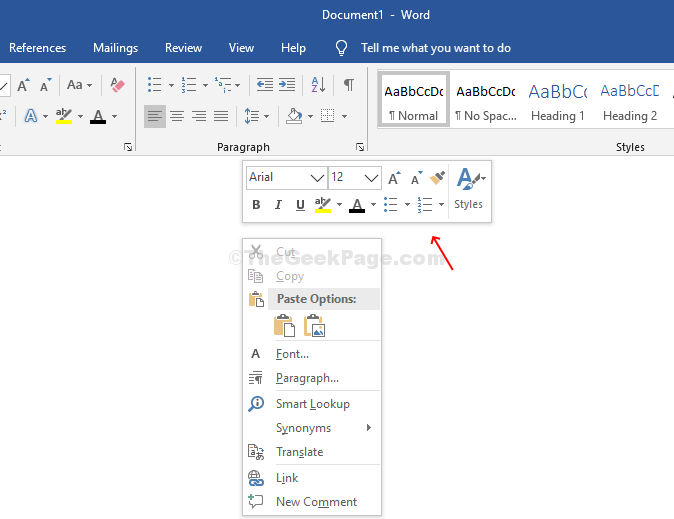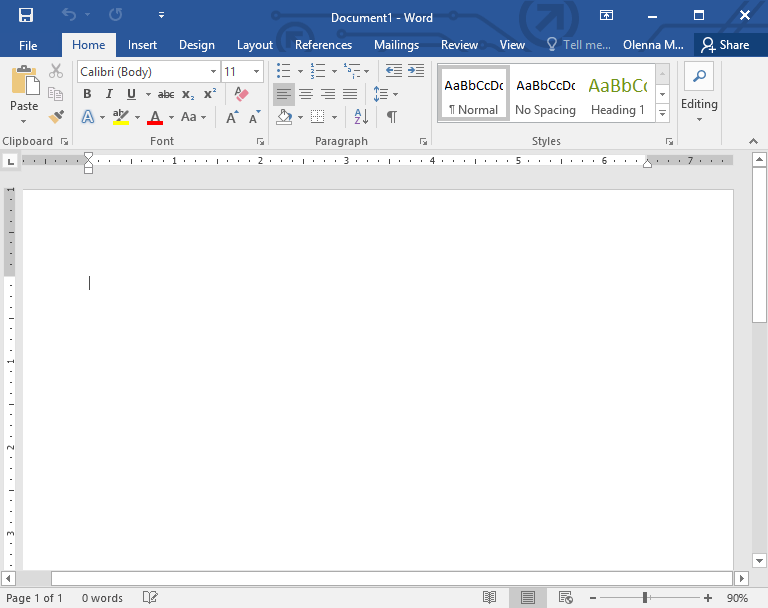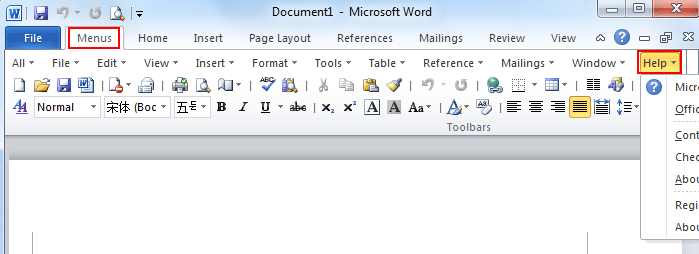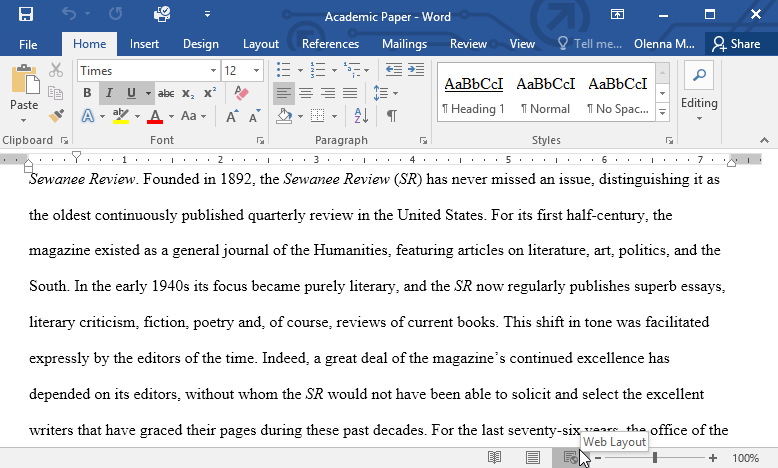


This is equivalent to pressing the Back button on your browser-it jumps back to where you were before clicking on the hyperlink in the TOC. You can also, if desired, use the Alt+Left Arrow shortcut. It should be pointed out that this isn't always a reliable method of jumping back if you make too many edits since you last revisited the TOC, Word will not take you back there. (Why? I'm not sure-it just did it for me.) In other words, you click the hyperlink to the heading, do some reading or work at the heading, then press Shift+F5, and Word jumps back to the TOC. In testing, however, it also jumps back to the TOC, even if you didn't make an edit in the TOC.

This keystroke is supposed to cycle through the last three or four locations at which you made edits in your document. Still another approach is to use the Shift+F5 shortcut. Thus, Go To jumps to wherever the TOC field is located. This works because tables of contents are implemented in Word using fields, specifically the TOC field. When you press Enter, Word jumps to the TOC. Just locate the heading used for your TOC in the Document Map, click it once, and you are back at the TOC.Īnother approach is to use the Go To feature: Just press F5 to display the Go To tab of the Find and Replace dialog box, choose Field at the left side, and then enter "toc" (without the quote marks) at the right side. Turn it on, and you'll see an outline, at the left of the screen, that makes it easy to navigate through the document. Many people also choose to use the Document Map capability of Word.

This fact allows you to press Ctrl+Home to jump to the beginning of the document where the TOC can again be easily accessed. Most of the time the TOC will be near the very beginning of the document. One way is to simply rely on the position of your TOC. There are several different ways that you can approach this problem, and the solution that you choose will depend on your personal preference. He wonders if there is a single-click method of returning to the TOC after using the TOC to jump to a location in the document. If he then wants to return to the TOC, Len notes that there doesn't seem to be a way to easily do so. If he clicks a link in the TOC, Word displays the heading in the document. When you're done, click OK and your changes are saved and the Quick Access Toolbar is updated.Len has a rather long document in which he has created a table of contents. > Customise, and here you can add and remove commands. Once it'sįor more control over the contents of the Quick Access Toolbar, click the Office Button > Word Options Once there you can put it back again byĬlicking the Customise Quick Access Toolbar again but this time selecting Show Above the Ribbon. If you'd prefer it there, simply click on theĬustomise Quick Access Toolbar button (to the right of the toolbar) and select Show Below the Ribbon. To display the Quick Access Toolbar beneath the ribbon. The Word 2007 developers at Microsoft have provided the facility Once there, it's just as easy to remove the new command if you change your mind right-click on the commandīutton again, but this time select Remove From Quick Access Toolbar. You can easily customise the Quick Access ToolbarĪnd add your own much used commands by right-clicking on the command button in the ribbon and selecting Add To Quick Access Quick access by name quick access by nature - now they are only one click away. Displayed in the top left of your screen, the Quick Access Toolbar holds the commands you use over and overĪgain - save, undo and repeat.


 0 kommentar(er)
0 kommentar(er)
